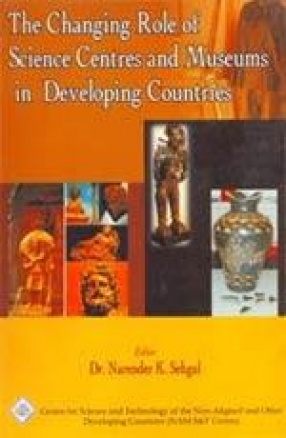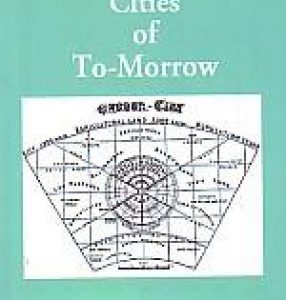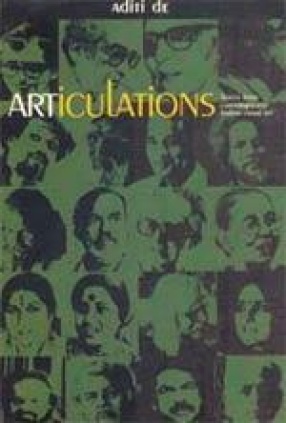Nam S&T Centre, an intergovernmental organization with its present membership comprising of 40 countries across the globe, was set up in 1989 to promote mutually beneficial collaboration among scientists and technologists and scientific organizations from developing countries; to act as clearing house of information; to stimulate and promote joint R&D and Training programmes; and to prepare the state-of-the-art repots. Ten scientific and academic institutions of Bolivia, Botswana, Brazil, India, Iran, Nigeria and Turkey are presently members of the S&T-Industry Network of the Centre. The scientific priority areas of the Centre are of direct relevance and benefit to developing countries. The Centre has brought out 22 publications and has brought out 22 publications and has organized 47 international workshops and training courses to-date. It operates a Young Scientists Lectureship Award and its international linkages extend to cooperating with AIT, APT, APCTT, ASEAN-COST, CIMAT, CREN, CSC, GBF, ICTP, NAM CSSTC, TWAS, UNEP, UNIDO, WAITRO, ZMT etc. The Centre for Science and Technology of the Non-Aligned and other Developing Countries (NAMS&T Centre) has brought out a publication entitled “The Changing Role of Science Centres and Museums in Developing Countries†based on the proceedings of the international workshop on the above subject held in Hanoi, Vietnam, during 20-22 October 2004. Science centres and museums are very important in discovering and exploring ideas and also in helping to forge a strong relationship between science and society. The role of museums in society has also expanded as they are not merely concerned with the procurement, care, study, display of objects but also are the information centres for understanding our world, raising public awareness of current research and stimulating an interest in science among people. The content is focused on the programmes, activities, galleries, displays, exhibits, methods, means, strategies etc. to attract more visitors to the science cantres and museums. The volume contains contributors from well known experts from various developing countries and an overview on the status of the science centres these countries. It also includes the Hanoi resolution 2004 signed by 14 country representatives respectively from Algeria, Bangladesh, Egypt, India, Indonesia, Malaysia, Mauritius, Nepal, Pakistan, Sri Lanka, South Africa, Sudan, Vietnam, Zambia.
The Changing Role of Science Centres and Museums in developing Countries
In stock
Free & Quick Delivery Worldwide
reviews
Bibliographic information
Title
The Changing Role of Science Centres and Museums in developing Countries
Author
Edition
1st ed.
Publisher
ISBN
8170353793
Length
xiv+173p., Tables; Figures; 25cm.
Subjects





There are no reviews yet.